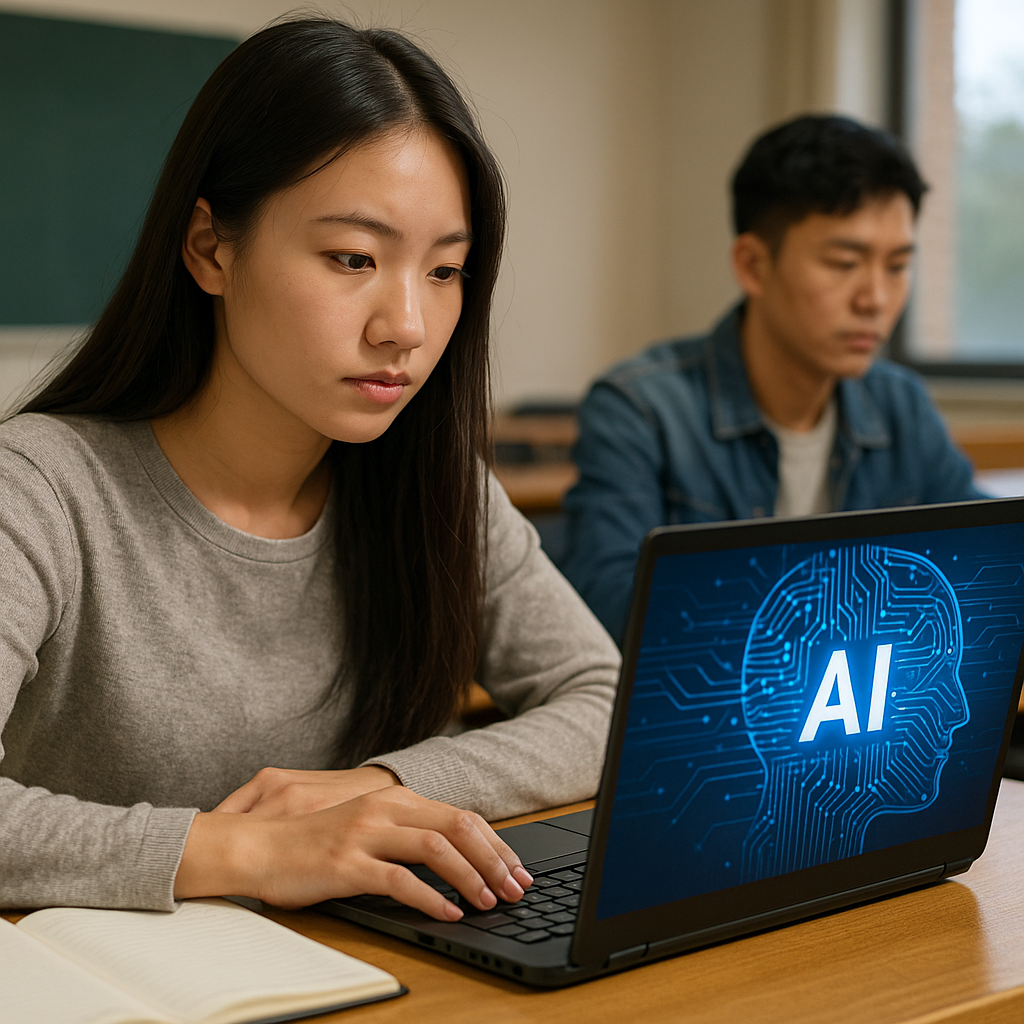Beyond the Hype: What keeps students loyal to AI-powered education platforms
The sustainable use of AI in education depends less on technological novelty and more on maintaining relevance and dependability over time. For developers, this means designing AI tools that continuously evolve to meet student needs, minimize learning curves, and deliver measurable educational benefits.

Artificial intelligence (AI) in education is changing learning, teaching, and student engagement across the world, but a key question remains: what determines whether students continue to use these technologies once the novelty fades? A new study from Chinese researchers provides a data-backed answer.
The paper, titled "Sustainable Adoption of AIEd in Higher Education: Determinants of Students' Willingness in China," published in Sustainability, applies an expanded version of the AIDUA model to explore what makes students persist with AI-based learning platforms. By analyzing responses from 400 university students, the authors uncover how novelty, trust, performance, effort, and emotion interact to shape sustained engagement.
Why students embrace AI: Performance and novelty take the lead
Students are more likely to continue using AI education tools when these systems consistently deliver value and maintain their sense of innovation. The authors identify novelty value, the sense that an AI tool remains fresh and distinctive, as a key driver of performance expectancy. When students perceive AI systems as continually offering new features, insights, or personalized support, their trust in these systems deepens and their enthusiasm remains high.
Through a structural equation modeling analysis, the researchers demonstrate that performance expectancy, the belief that using AI enhances learning outcomes, is the most influential predictor of positive emotion and sustained willingness to use. In contrast, effort expectancy, how easy students find it to use the technology, has an inverse effect: the more intuitive the system, the stronger the emotional engagement and trust.
Interestingly, the study finds that anthropomorphic design, or the human-like qualities of AI systems, has limited influence on trust and sustained use. Unlike entertainment or customer service bots, educational AI does not depend heavily on personality or social cues. Instead, students prioritize usefulness and reliability over human likeness, suggesting that effective functionality outweighs aesthetic interaction in academic contexts.
The research also confirms that social influence, encouragement from peers and instructors, positively impacts how students perceive AI's usefulness, but its effect on trust is relatively minor. This indicates that while social factors can introduce students to AI tools, personal experience and consistent performance determine long-term adoption.
Emotion and trust: The hidden engines of AI engagement
The study shows that emotion and trust are the psychological anchors of sustainable AI adoption in higher education. These two variables, together, explain over half of students' willingness to keep using AI tools.
Positive emotion, enjoyment, satisfaction, and curiosity, emerges as the strongest predictor of continued use. When students associate AI tools with productive, enjoyable learning experiences, their resistance to adopting such tools diminishes sharply. The authors note that emotional connection amplifies engagement, motivating users to explore more complex features and integrate the technology into their academic routines.
Trust, meanwhile, plays a dual role. It not only strengthens willingness to use but also reduces skepticism and anxiety. Students who believe that AI systems are transparent, secure, and fair show higher satisfaction and lower rejection tendencies. This finding aligns with global concerns about algorithmic bias, data privacy, and the ethical use of educational AI.
By mapping the relationships among these factors, the authors reveal a feedback loop: performance and ease of use build trust and positive emotion, which in turn reinforce sustained use. Emotion drives immediate engagement, while trust ensures long-term stability. Together, they form the psychological infrastructure that supports durable AI integration in academic life.
The path ahead: Designing AI tools that earn loyalty, not just attention
The sustainable use of AI in education depends less on technological novelty and more on maintaining relevance and dependability over time. For developers, this means designing AI tools that continuously evolve to meet student needs, minimize learning curves, and deliver measurable educational benefits.
For educators and policymakers, the results underscore the need for transparent governance frameworks and digital literacy programs that build student trust in AI systems. Ethical safeguards, such as clear data usage policies, explainable algorithms, and accountability measures, can help overcome hesitation and strengthen acceptance.
The study also identifies future research directions, suggesting that cross-cultural comparisons and longitudinal designs are essential to understanding how emotional and trust-based dynamics evolve across different education systems. Moreover, incorporating variables such as AI anxiety, ethical perceptions, and institutional support could further refine predictive models of sustainable adoption.
- FIRST PUBLISHED IN:
- Devdiscourse









